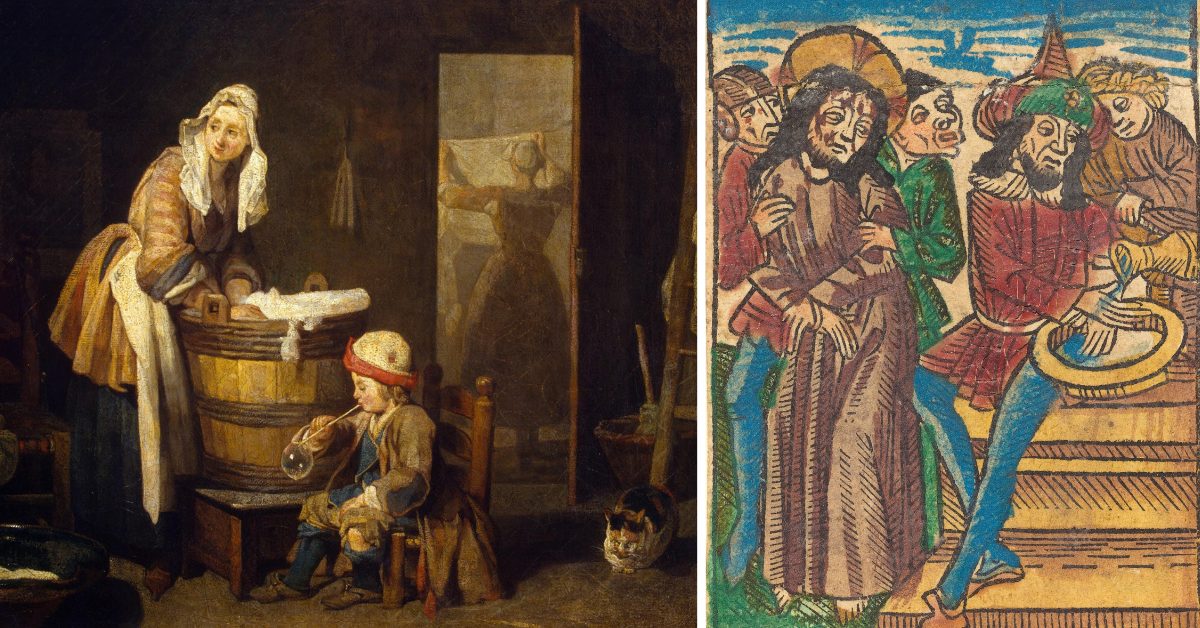A common perception (or perhaps misperception) about people who lived in the Middle Ages is that they were extremely unhygienic. Here we break down some of those stereotypes and take a look at the cleaning practices of people who lived during medieval times.
1. How common was bathing?
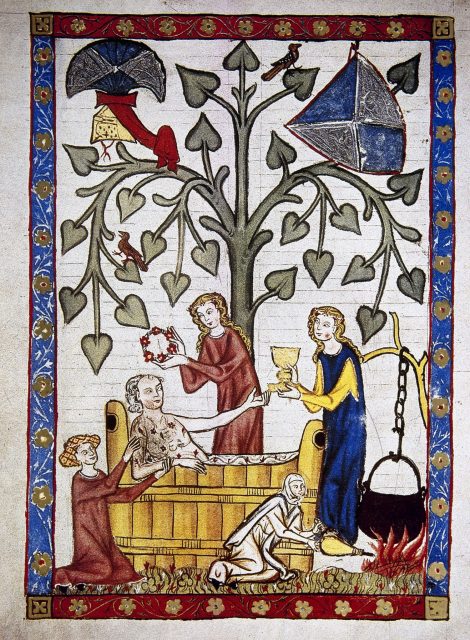
There’s a common perception of people living in the Middle Ages, especially peasants, that they smelled extremely foul. This idea is furthered by actual historical accounts of individuals, such as Queen Isabella of Castile, who rarely ever bathed. In fact, Queen Isabella of Castile bragged that she had only bathed two times in her life: once on the day she was born, and once on the day she married Ferdinand of Aragon.
Contrary to popular belief, medieval doctors often emphasized the benefits of bathing. Physicians believed that bathing could prevent and cure different illnesses. For example, nightly bathing was a popular cure for the common cold during the late medieval period. The only time doctors cautioned against regular bathing was during times of plague. They believed that heating the body opened pores up to disease, and because sickness spread more easily in the bathhouse.
Whether people of the time followed doctors’ orders is complicated. Running water was non-existent so filling a bucket with water from a water source and then bringing it back home took a lot of physical effort. Because such a trek was involved with just getting water in general, most people typically did not bathe every single day. Similarly, medieval baths were not baths in the modern sense, instead, they were actually closer to showers. More common than lugging water to fill a bathtub with lukewarm water was heating a jug of water and pouring it over one’s body. As most of the population did physically demanding labor during the Middle Ages, washing off was likely done on a daily basis rather than sitting around covered in sweat and dirt.
2. What’s the deal with teeth?

The first modern toothbrush was mass-produced in 1780, so people of the Middle Ages were on their own when it came to their dental hygiene. Another common stereotype associated with people of the Middle Ages was that all peasants had rotten and missing teeth.
Archeological studies show that an average of 20% of teeth from the Middle Ages showed decay. To put this in perspective, 90% of teeth in some early 20th century populations showed deterioration. The primary reason for this increase in tooth decay was the importation of sugar. Sugar was not a standard part of the Middle Age diet. However, a more common dental issue for people of the Middle Ages was not tooth decay but wear. Eating tougher foods like stone-ground bread as part of almost every meal meant that teeth were worn down from the gritty foods they consumed.
Existing evidence suggests that people of the Middle Ages went to great lengths to ensure they had a clean, healthy mouth. To brush their teeth, they would rub their teeth and gums with rough linen. Recipes have also been discovered for different pastes and powders that might have been applied to these linen clothes to help freshen their mouths and whiten their teeth.
The biggest issue medieval people faced was when they did have a rotting tooth or other dental problems. When these problems arose, the tooth would be pulled without any anesthetic. Wealthier people could afford dentures that were made from cow bone or human teeth (yuck)!
3. Beds were made out of what?!
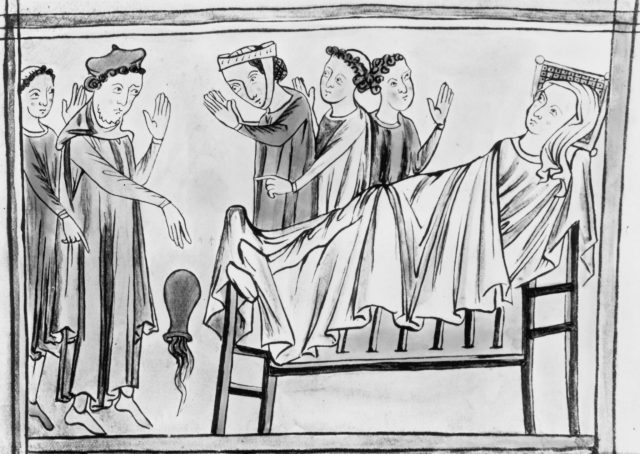
The bed was a very important piece of furniture in the medieval home, as it continues to be today. However, unless the individual was a member of nobility, it was typical for their bed to be made out of straw. There were some issues with straw beds, primarily that the straw was rarely ever changed.
The old straw used in these medieval beds was a hotbed for fleas and lice making the straw their home. Sharing a bed with lice and fleas probably was not very enjoyable by the time morning arrived.
4. Wash your hands… or not?
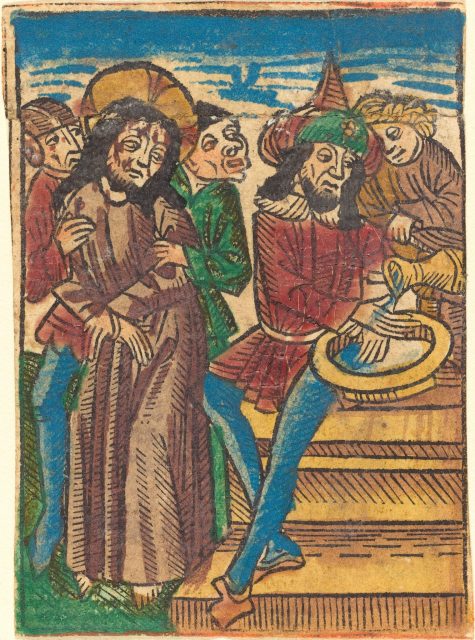
Hand washing was highlighted during the COVID-19 pandemic, but was it so common during the Middle Ages? Yes and no. It largely depended on one’s social class. If you were considered “civilized” you would begin and end meals by washing your hands. These “civilized” groups typically consisted of nobility and monks in monasteries. For the wealthy, jugs containing water would sit just outside a dining hall to allow guests to wash their hands before entering and while exiting the hall.
The practice of handwashing was a little bit different for peasants and those who belonged to the lower classes of society. Because people of the lower classes didn’t have the same readily available access to water as nobility, they often went without washing their hands before eating. The problem was that most people ate with their hands, which were dirty from working outside, going to the bathroom, or working with animals. As a result, many people became ill from contaminating their food with germs on their hands.
5. The hidden uses of urine
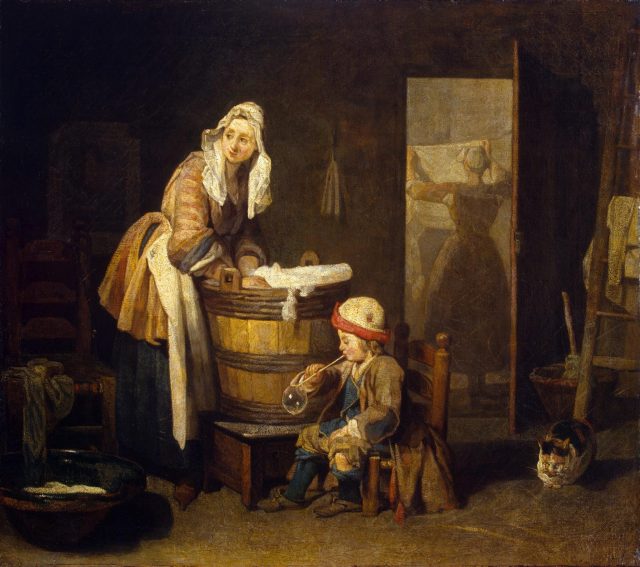
Obviously, people from the Middle Ages did not having washing machines like we do today. So, they had to get crafty to clean their clothes. They typically washed their clothes and linens in a tub, or a river or stream if they didn’t own a tub.
The secret ingredient to ensure your clothes were clean was urine – yep – pee! In order to get stains out of clothing, it was common to combine ash, green grapes, and urine. Urine produces ammonia which helps remove stains, but it surely didn’t help to give clothes a fresh-linen smell.
6. A little stinky outside
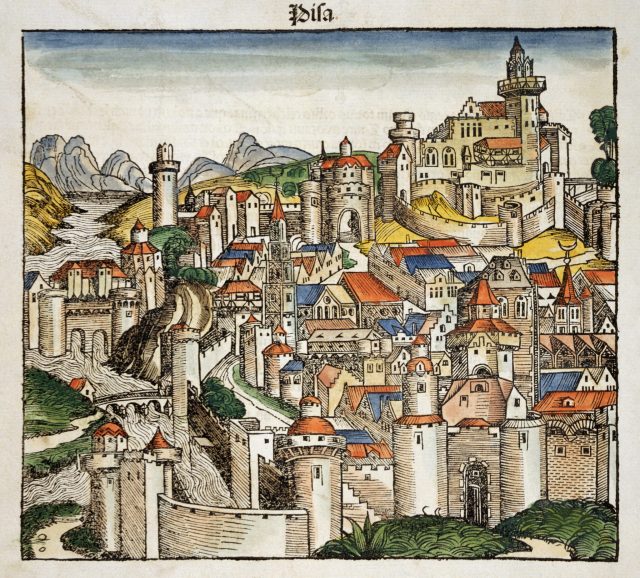
It was most common for people to go to the bathroom in chamber pots during the Middle Ages. When these chamber pots had to be emptied, it was common practice to just dump the contents of the chamber pots outside in front of homes or gutters. This meant that not only were roads disgusting and disease-ridden on any given day but when it rained things got a lot worse.
More From Us: Animal trials in the Middle Ages
The rain caused ditches to overflow, which led to human waste and trash flooding into the streets. Although “muck-rackers” were hired to help keep the streets walkable, the work muck-rackers did was irrelevant when it rained. Sometimes the great outdoors stunk so badly that individuals would fill bags with flowers and other fragrances to hold over their faces in order to stomach the stench outside.
